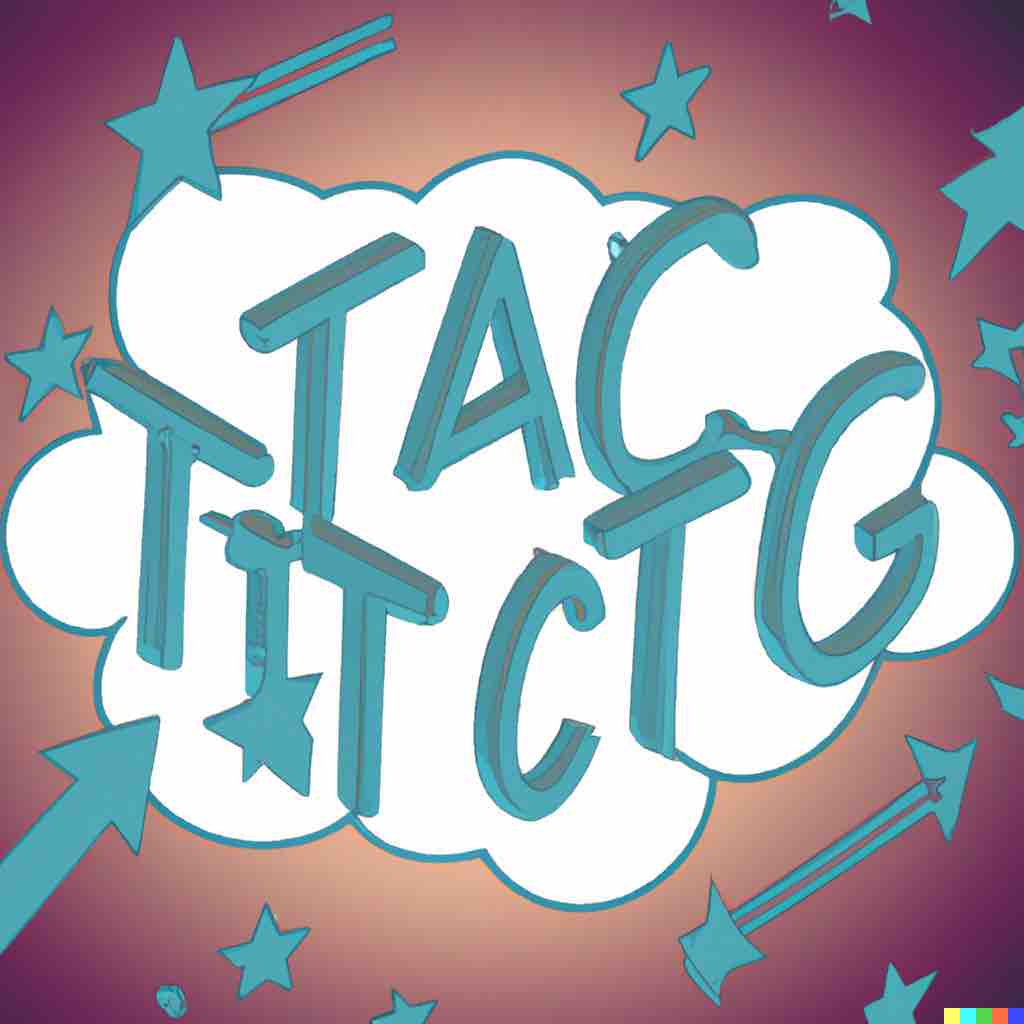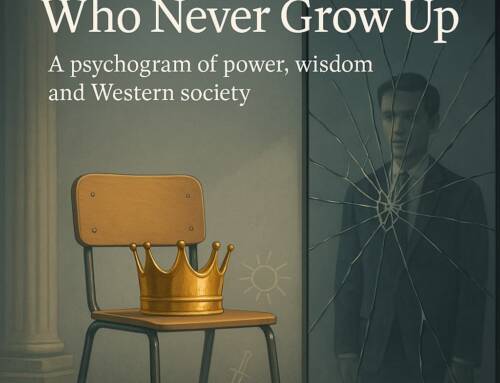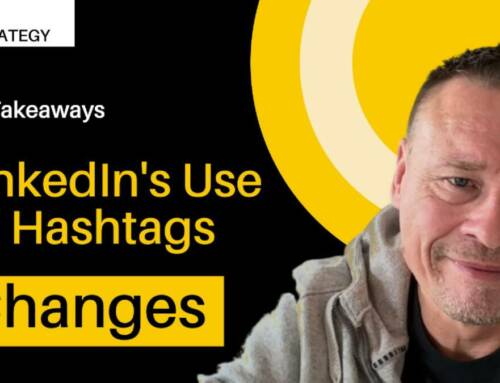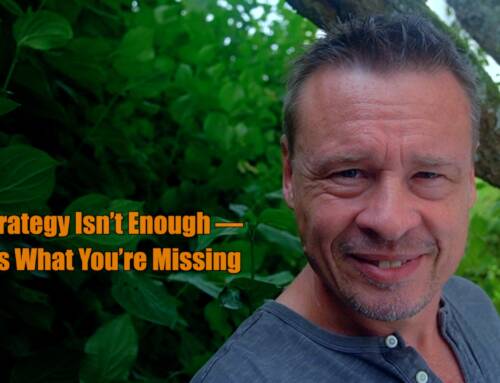“Strategy without tactics is the slowest path to victory. Tactics without strategy is the quickest path to defeat.” — Sun Tzu
Sun Tzu’s quote rings true in the world of development cooperation communications. A communications strategy without the right tools and tactics is a darn slow path to impact. A real schlepp. On the other hand, solely relying on tools without a solid strategy can quickly lead to absolutely meaningless efforts.
In this context, having a document titled ‘communications strategy’ does not necessarily mean that strategic thinking has been applied. A true strategy is built upon thorough research and a deep understanding of the intervention possibilities. It should be informed by the latest knowledge in the thematic field, as well as insights from the communications industry.
Once the strategy is in place, the next step is to create a plan that outlines the tactics or tools to be used in the implementation. Then it’s crucial to ensure that the plan is not simply a list of tactics, but a thoughtful consideration of who will be responsible for creating the content and allocating essential resources such as senior communications staff.
A well-crafted communications strategy is essential for achieving impact in development cooperation. It needs to be supported by the right tools and tactics, but not solely dependent on them.
How to approach the strategy finding in communications for development cooperation
To approach strategy finding in communications for development cooperation, it’s important to start with a thorough understanding of the context and the intended audience. This entails conducting extensive research and gathering insights on the target population’s needs, attitudes, and behaviors. Once the target audience is identified, it’s key to define clear objectives and outcomes that align with the overall development goals.
Next it’s essential to conduct a stakeholder analysis and identify key partners and influencers who can help amplify the message and support the overall objectives. This includes building relationships with local communities, civil society organizations, and media outlets to ensure that the communication efforts are aligned with the local context and cultural norms.
Once the research is done and the objectives and outcomes are defined, it’s time to develop a clear and compelling message that resonates with the target audience. This means identifying the most effective channels and tools for delivering the message, such as social media, radio, or community meetings.
In summary, finding a communication strategy for development cooperation requires a comprehensive approach that includes research, stakeholder engagement, and effective message development. It’s critical to ensure that the strategy is aligned with the overall development goals and tailored to the local context to achieve maximum impact.
More on communications strategy
Obviously this is all very brief. If you want more details, why don’t you go to my free video course on How to Set Up Your Communications Strategy in Development Cooperation
NB: The article was created with support of chatgpt and the visual with DALL-E





